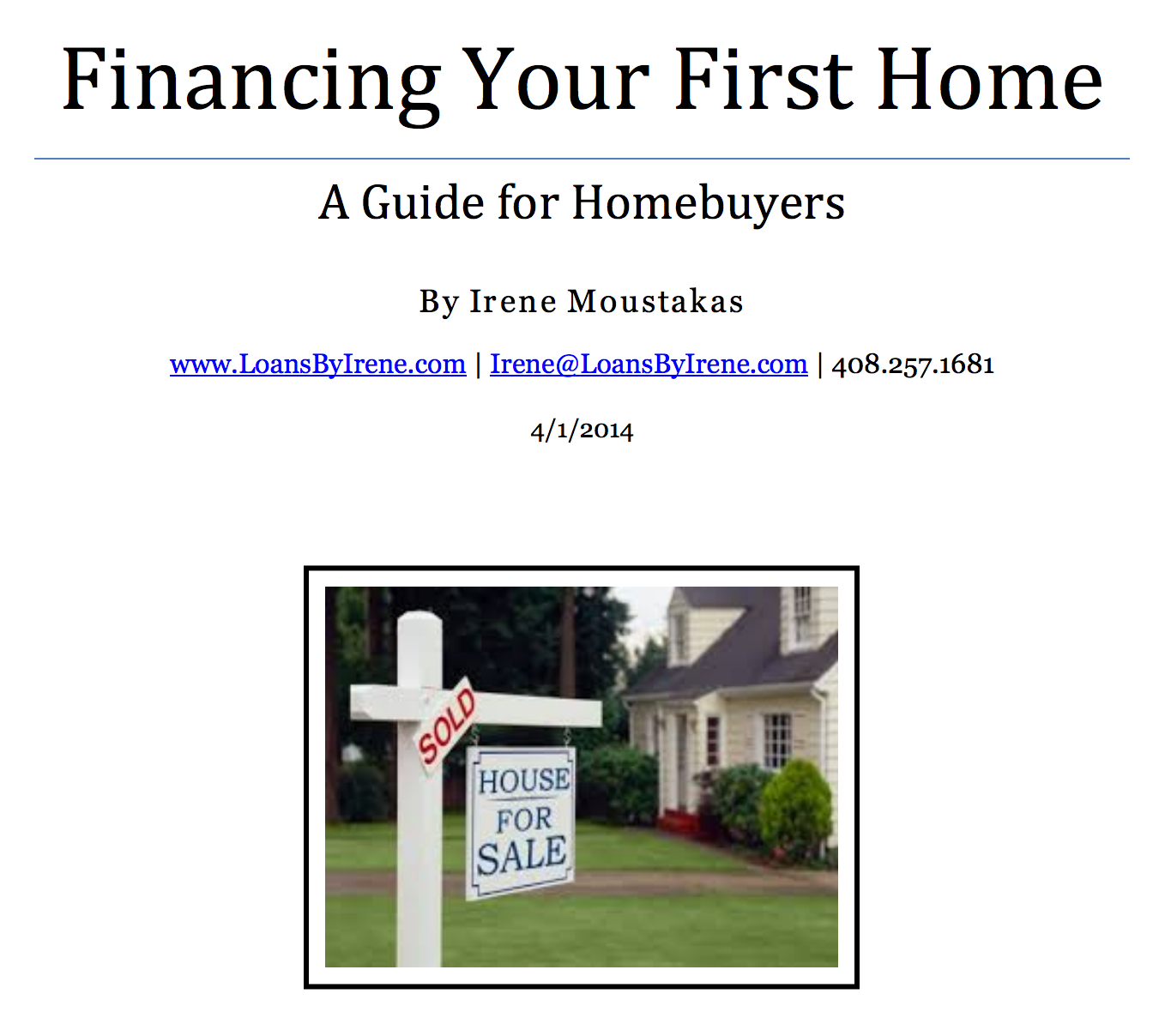Most of my clients choose not to have an impound account for a number of reasons. See my blog post about the advantages and disadvantages of an impound account here. The #1 reason is usually because they like to have control in making their own payments, but secondary to that is the number of months upfront that the lender requires the borrower to come into escrow with. Here is the tax impound chart for California:
| Close of Escrow | 1st Payment Date | Tax Impounds: # of Months Upfront Collected |
| January | March | 7 months |
| February | April | 2 months |
| March | May | 3 months |
| April | June | 4 months |
| May | July | 5 months |
| June | August | 6 months |
| July | September | 7 months |
| August | October | 8 months |
| September | November | 9 months |
| October | December | 4 months |
| November | January | 5 months |
| December | February | 6 months |
Since property taxes are based on 1.25% of the sales price, it can be a pretty hefty addition to the closing costs and down payment. The hardest time is if you’re closing in September with a 1st payment date of November 1st.
In California, impounds are only required when:
- You are getting an FHA loan
- Your Loan-to-Value ratio is 90.0% or greater (If you have 10% as your down payment, just put down $50 more and you can avoid the requirement!)
Assuming the choice is yours, you still may like the benefit of an impound account, which is primarily a forced payment so that you don’t have to worry about two huge tax bills throughout the year (if you feel you will not be disciplined enough to actually do this on your own). If you elected not to get an impound account during the loan process, you can always call up your servicer (the institution you make your payments to) and ask them if you can set one up at that time.
Please note that some lenders charge an “escrow waiver” of either .15% or .25% of the loan amount (if a $500k loan amount, then .25% of that is $1250), or you can roll it into a higher rate, so this may also factor into your decision and cost/benefit analysis.


